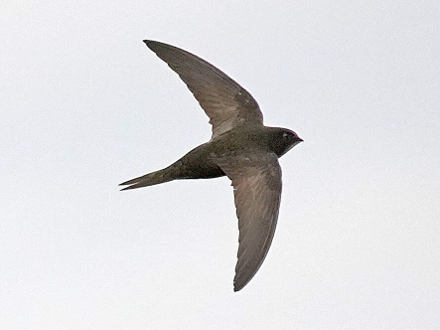
01 Jan Birds seen on the Common in 2020 during the pandemic
A YouGov survey commissioned by the RSPB in January 2021 revealed that the Covid-19 pandemic is making the public more aware of nature in their local area, with 41% seeing wildlife near their homes that they had never noticed before.
63% of the 2,071 adults surveyed also said that watching birds and hearing their song had added to their enjoyment of life since the onset of the pandemic.
Have you ever wondered how many different bird species you might see if you went birding on the Common? Phil Brown of East Barnet took the opportunity of lockdown to do just that, and in 2020 he recorded sightings of no fewer than 51 !
Perhaps the most “exotic” birds on Phil’s list are the ring-necked (or rose-ringed) parakeet and the Egyptian goose.
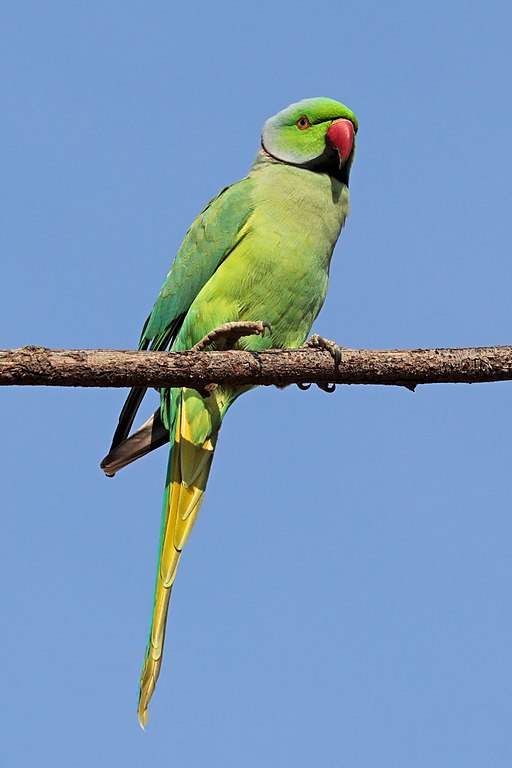
Ring-necked Parakeet (aka Rose-ringed Parakeet) Photo by Charles James Sharp (Licensed under CC BY 4.0)
The ring-necked parakeet is the UK’s most abundant naturalised parrot. It became established in the wild in the 1970s after captive birds escaped or were released, and the flocks are now a very common sight indeed, wheeling as they do above the Common and all around the area. Their native range is a broad belt of arid tropical countryside stretching from west Africa across lowland India south of the Himalayas, where it is common. Despite their tropical origin, parakeets are able to cope with the cold British winters, especially in suburban parks, large gardens, and orchards, where food supplyRing-necked parakeets feed on a wide variety of fruit, berries, nuts, seeds, grain and household scraps, and are colourful and frequent visitors to bird tables and garden feeders, particularly during the winter months. is more reliable.
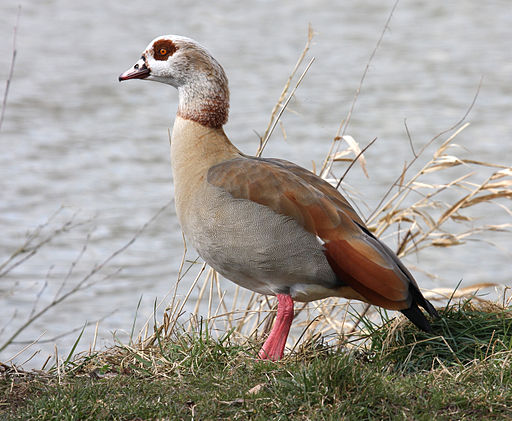
Egyptian Goose Photo taken by Andreas Trepte (Licensed under CC BY-SA 2.5)

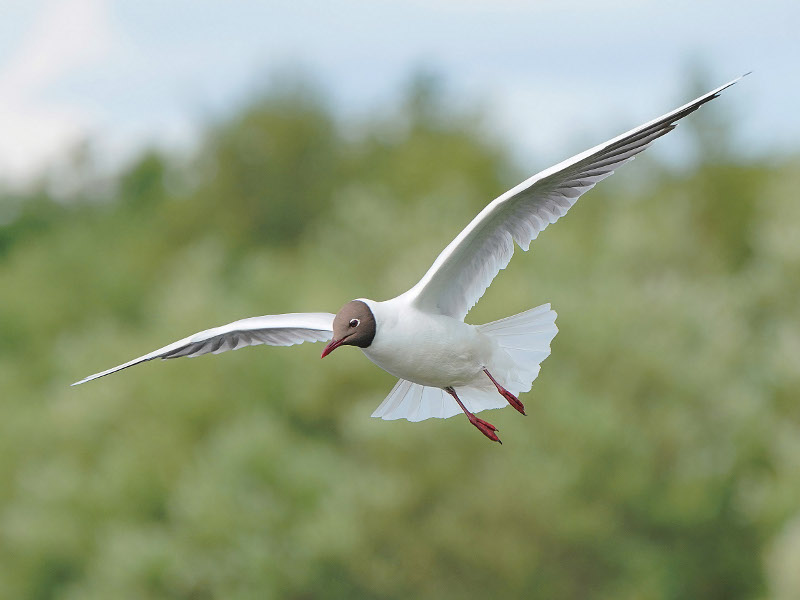
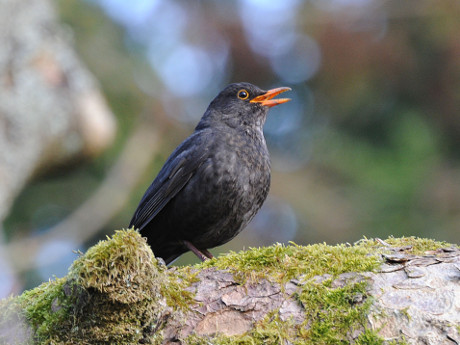
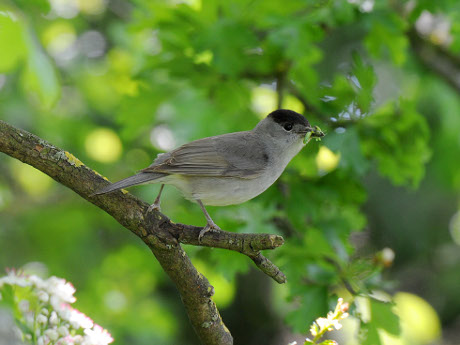
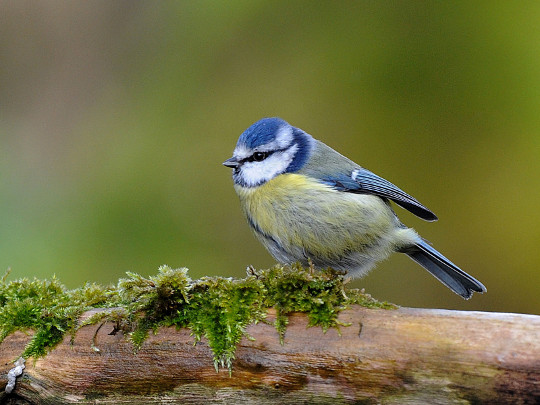
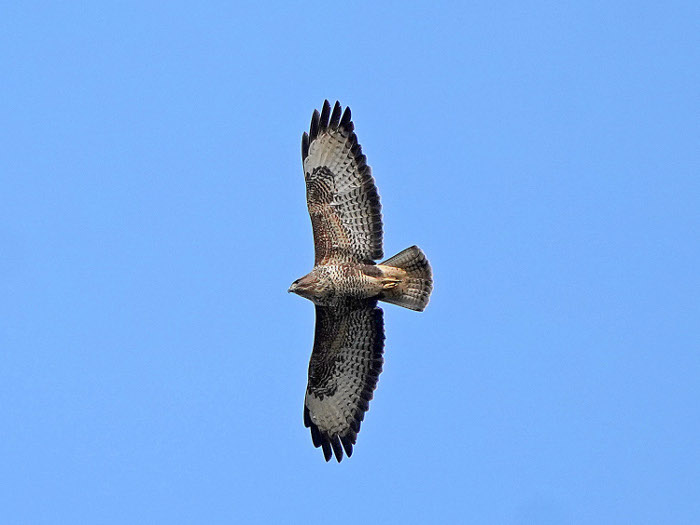
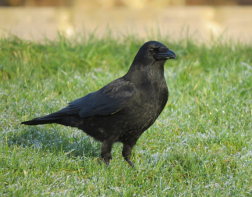
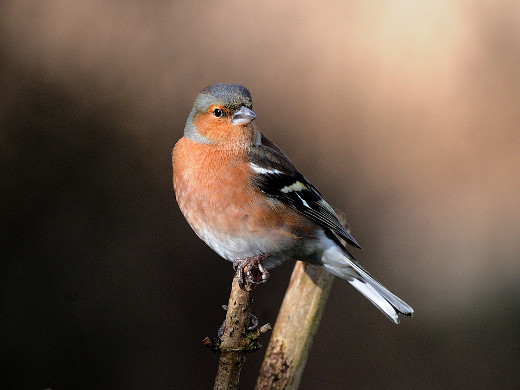
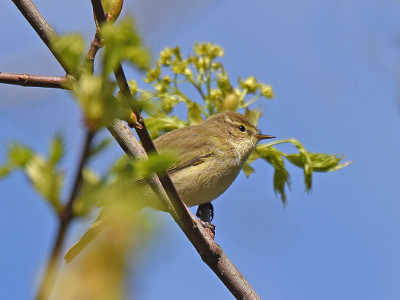
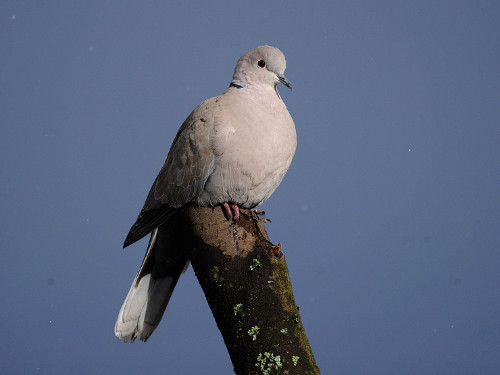
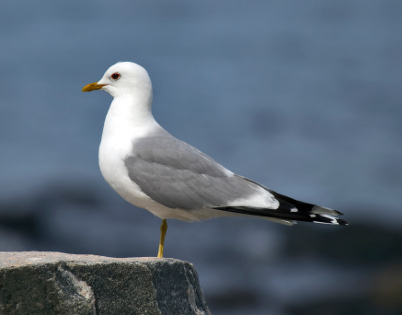
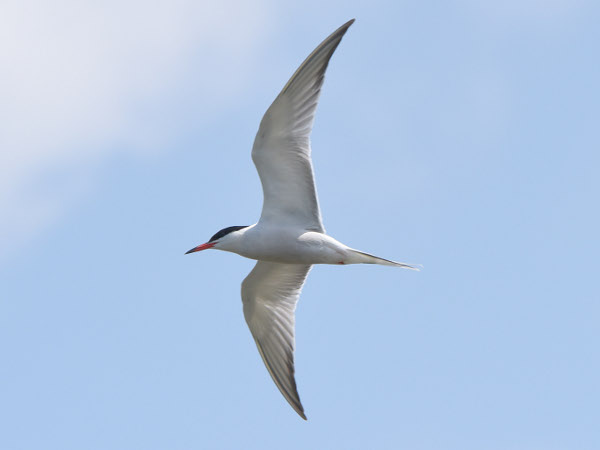
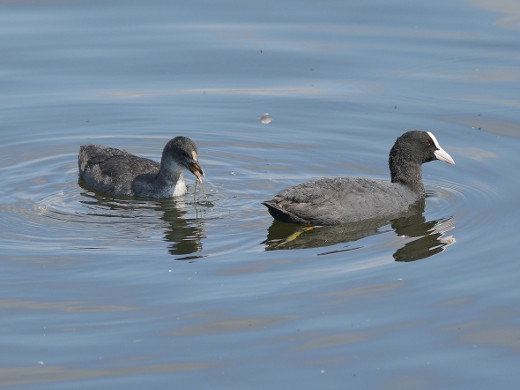
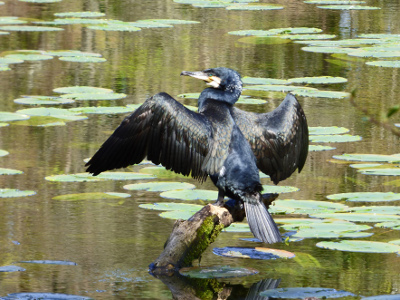
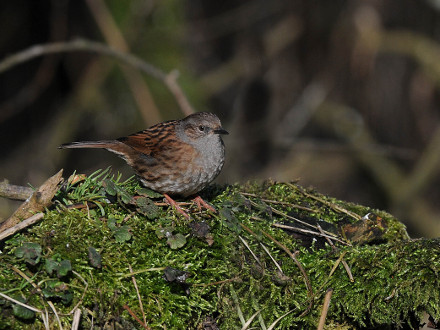
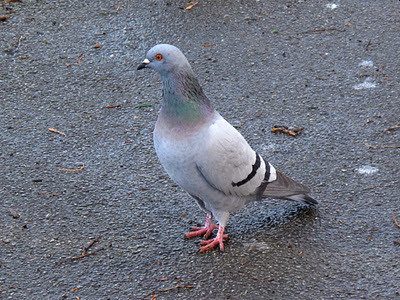
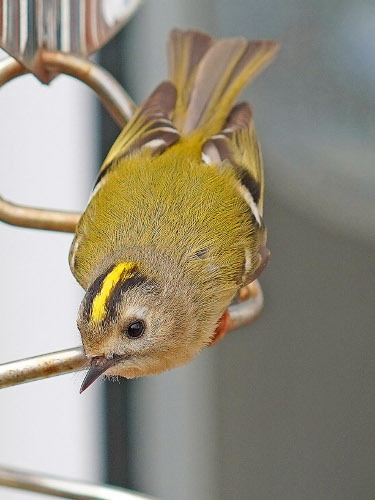
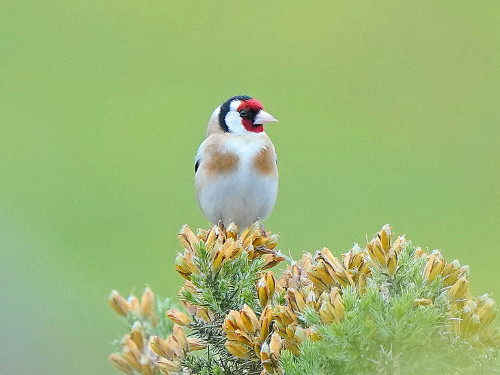
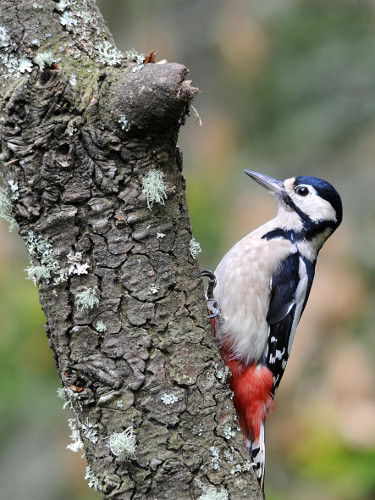
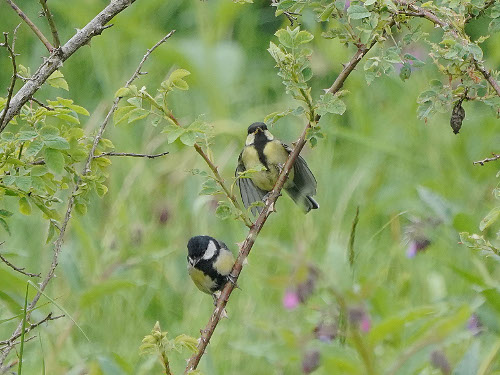
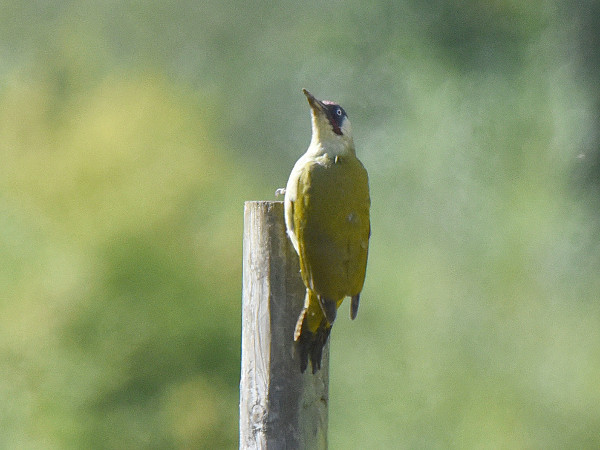
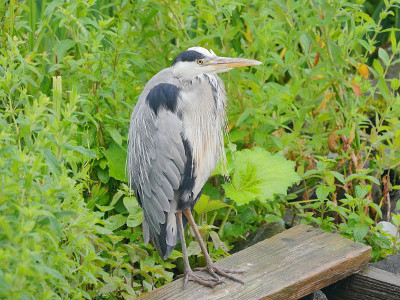
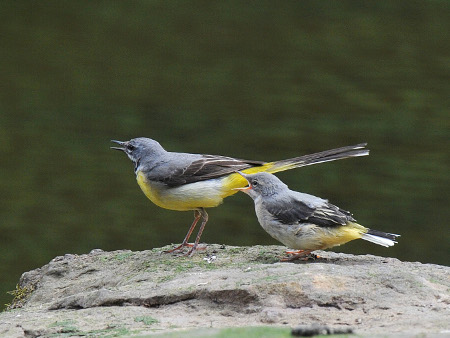
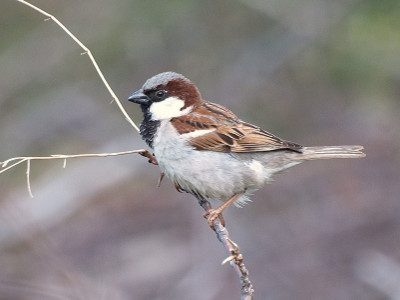
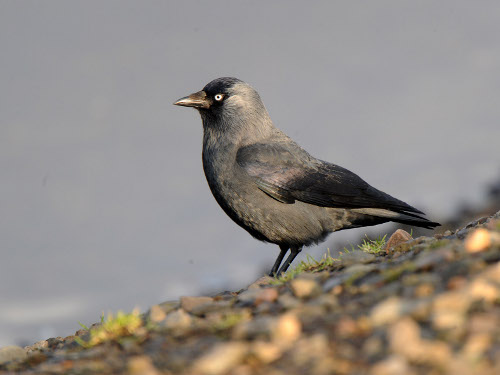
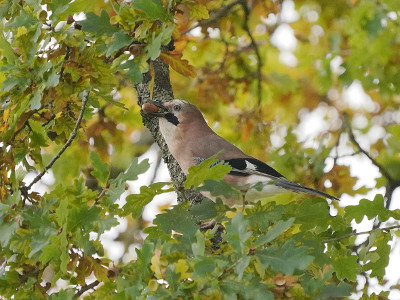
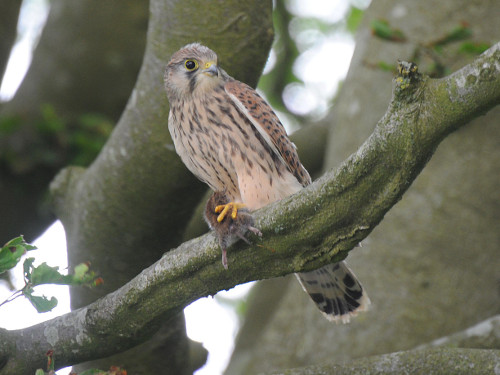
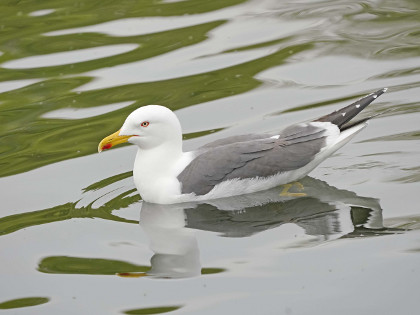
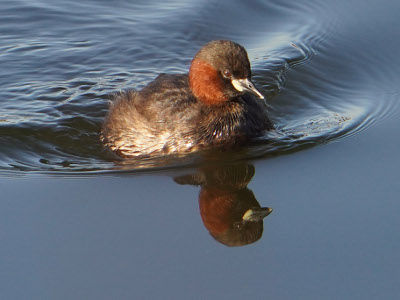
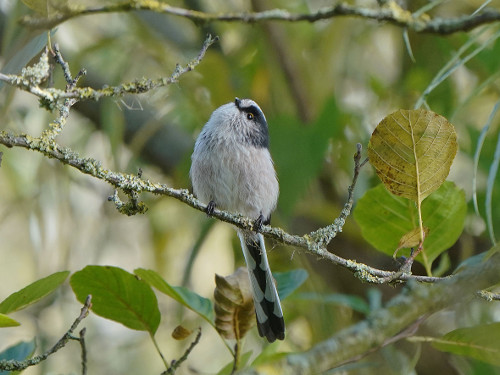
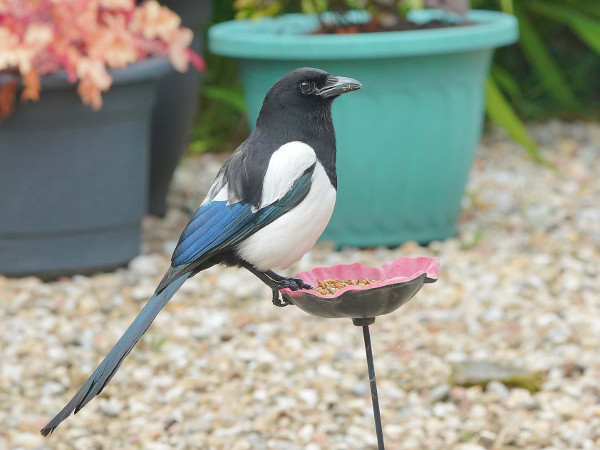
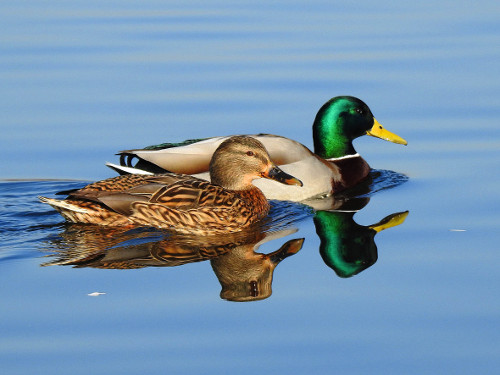
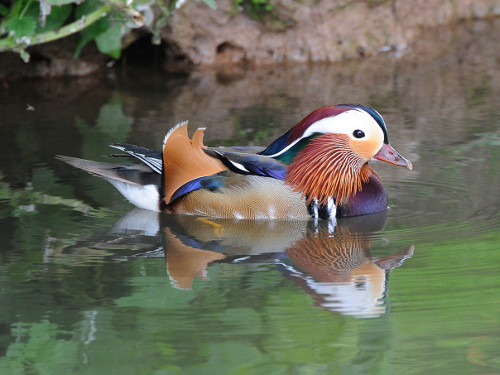
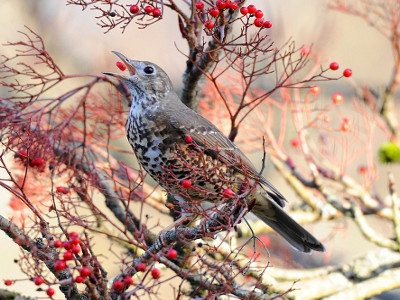
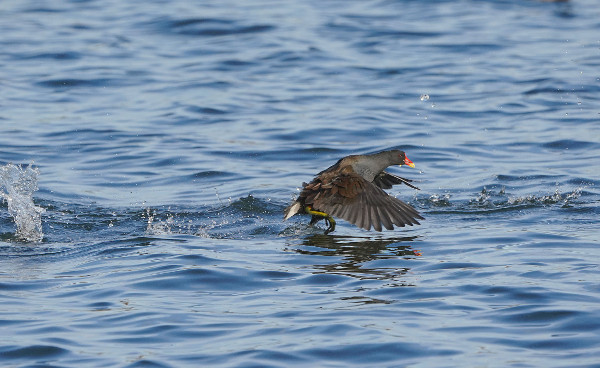
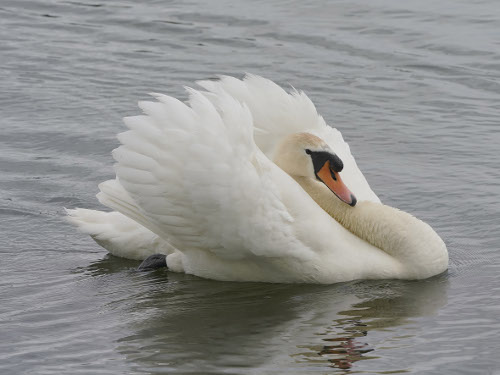
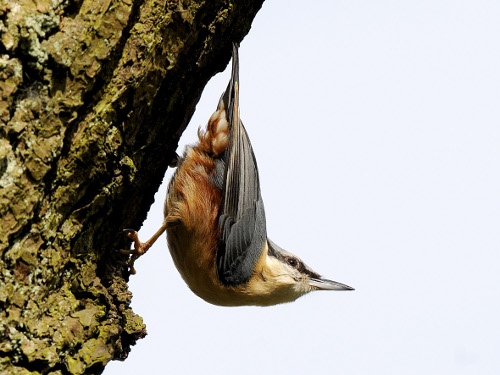
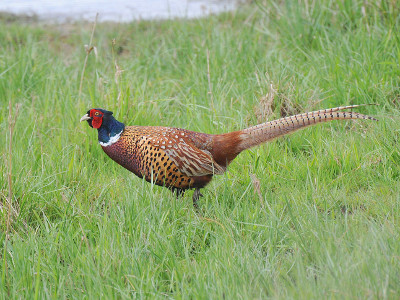
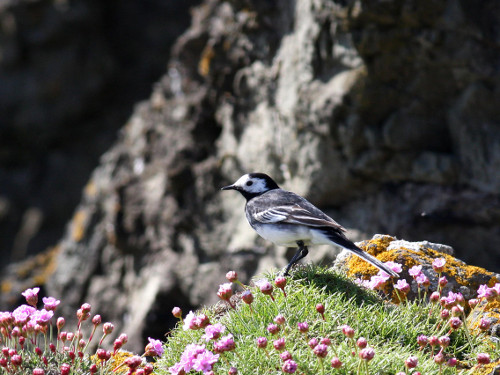
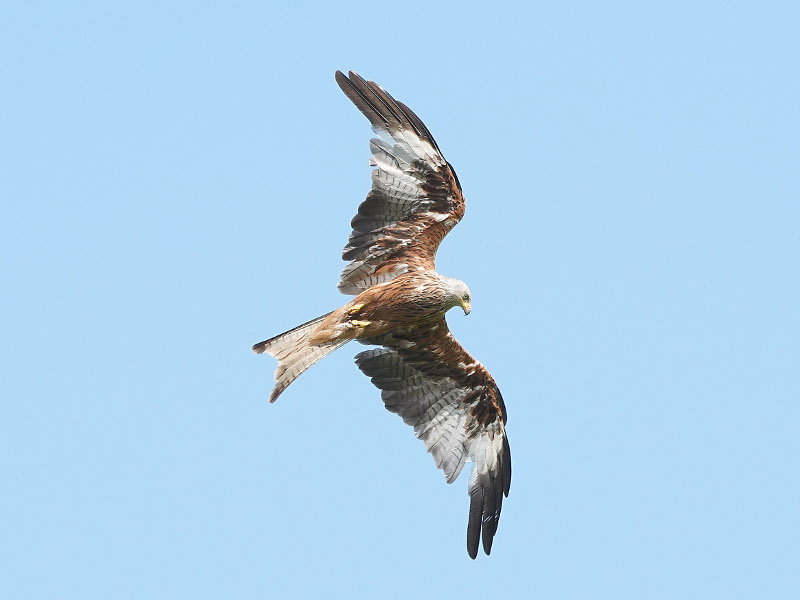
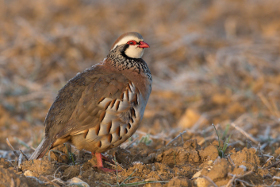
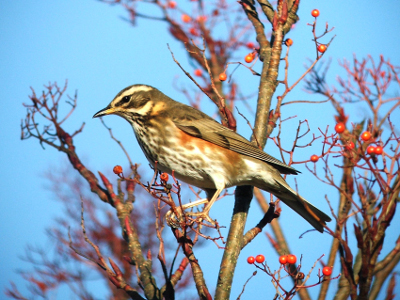
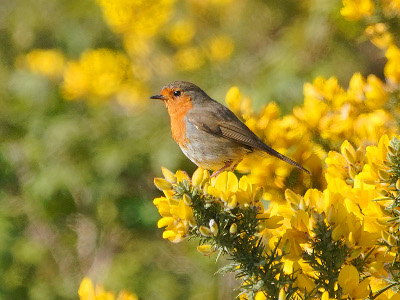
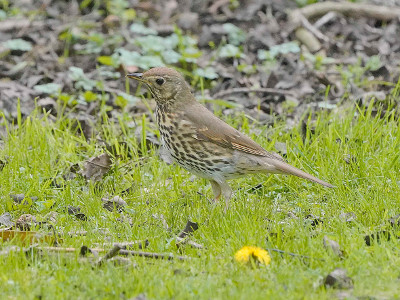
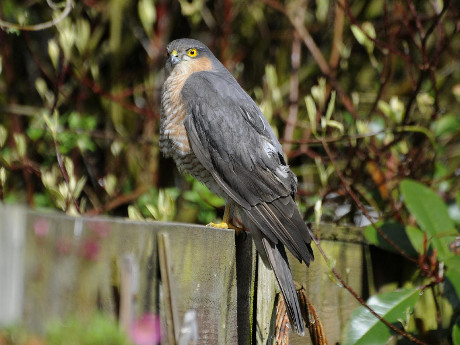
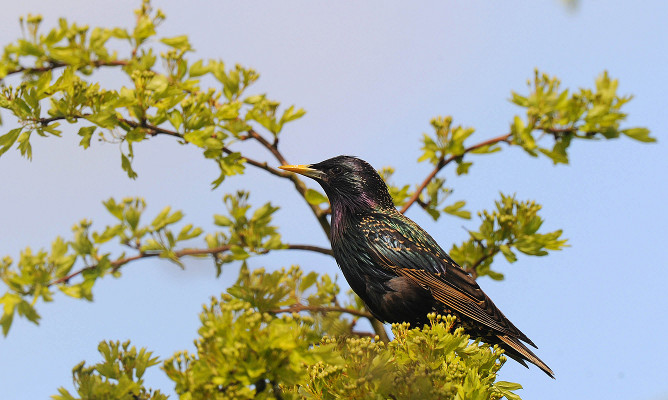
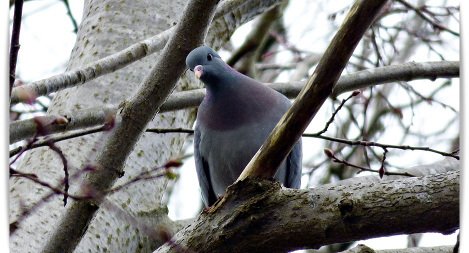
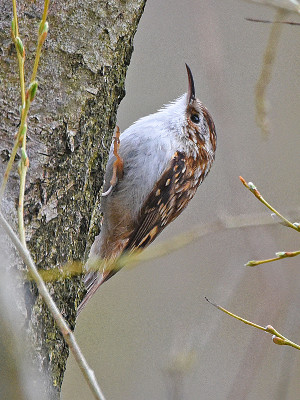
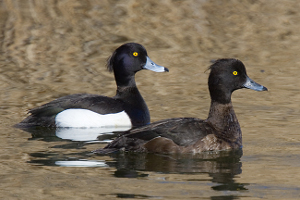
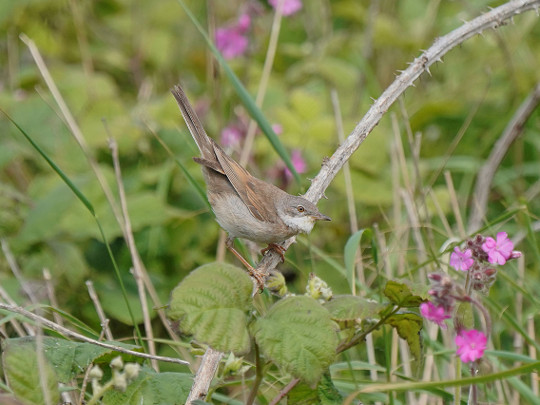
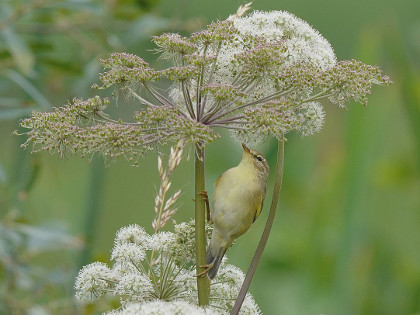
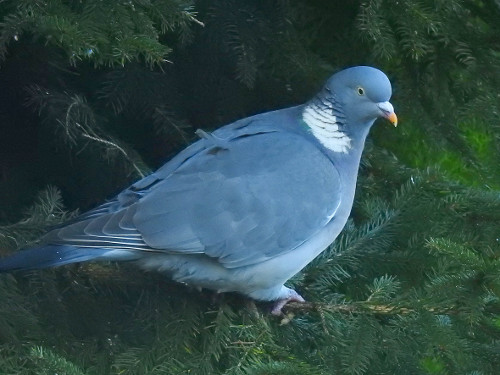
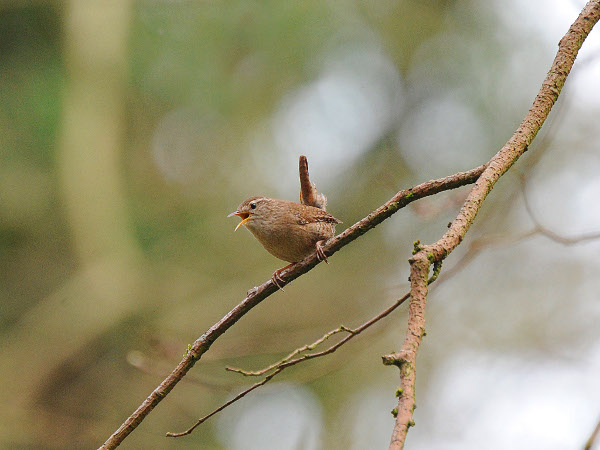

No Comments